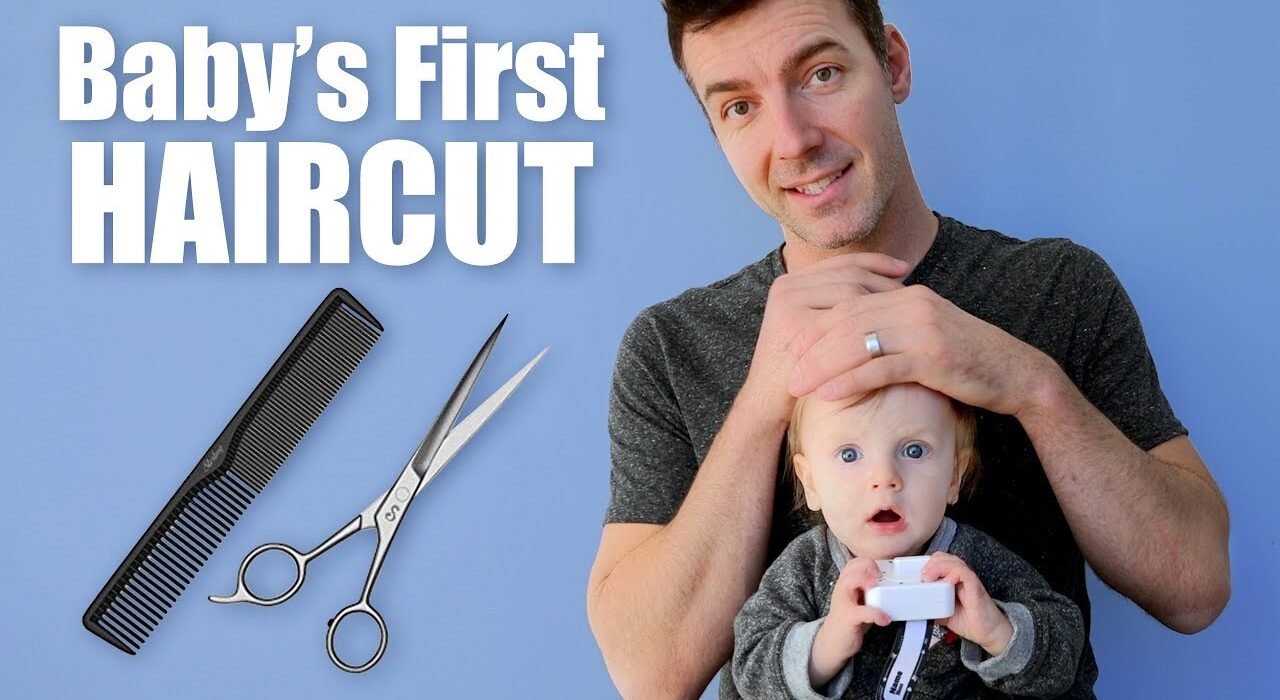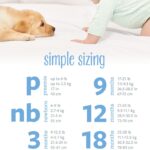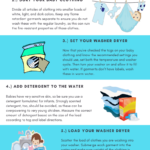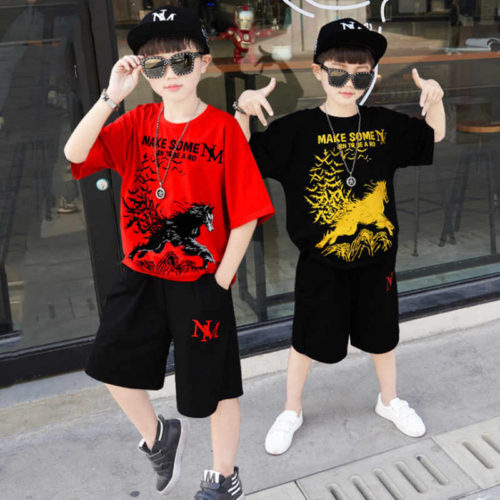To trim baby hair, use sharp, round-tipped scissors. Work slowly and gently to avoid accidents.
Trimming baby hair can be a simple and rewarding task. Many parents want their little ones to look neat. A good trim can help manage unruly hair and promote healthy growth. It’s important to create a calm environment for the baby.
Choose a comfortable spot with good lighting. Prepare the baby by playing soothing music or holding a favorite toy. Start with small sections of hair to make it easier. Always keep safety in mind. Using the right tools is crucial for a smooth experience. With a little patience and practice, you can achieve a cute and tidy look for your baby’s hair.
Table of Contents

Credit: www.youtube.com
Introduction To Trimming Baby Hair
Trimming baby hair is important for many reasons. Safety should always come first. Use scissors that are safe for children. Keep a gentle grip on your baby’s head. Make sure to choose a calm time to trim.
Parents can start trimming baby hair around age one. At this age, babies can sit up well. They also might be more comfortable with the process. Always watch for signs of discomfort. If the baby shows stress, stop trimming.
Short hair can help keep babies cool in warmer months. It also makes hair easier to manage. A simple trim can create a neat look. Regular trims help hair grow evenly.
Preparation For The First Trim
Choosing the right time for your baby’s first haircut is very important. Look for a day when your baby is calm and well-rested. Avoid times close to nap or meal times. This will help keep the experience positive.
Gathering the essential tools makes the process easier. You will need a pair of sharp scissors or a baby hair clipper. A comb is also helpful for styling. Have a towel ready to catch any fallen hair. Lastly, keep some treats nearby to reward your baby.
Choosing The Right Tools
Choosing the right tools is essential for trimming baby hair safely. Safe scissors for babies should have rounded tips. This design helps prevent accidental cuts. Look for scissors made from stainless steel for durability. Soft, comfortable grips are also important for easier handling.
Alternative trimming tools include electric clippers and hair trimmers. These tools can make trimming faster and easier. Choose a clipper that is quiet to avoid startling your baby. Always use attachments to ensure a safe cutting length.
Remember to keep all tools clean and sanitized. This practice helps prevent infections or irritation on your baby’s sensitive skin.
Creating A Calm Environment
Creating a calm environment is key for trimming baby hair. Start by making your baby feel comfortable. Hold your baby securely in your lap or use a soft chair.
Turn on a gentle lullaby or soft music. This helps to soothe your baby. Use a favorite toy to keep their attention. Avoid loud noises or bright lights that may startle them.
Minimize distractions by keeping the area clean and simple. Remove any unnecessary items from sight. This creates a focused space for both you and your baby.
Take your time and be patient. A calm atmosphere allows for a better experience. Remember, a happy baby makes hair trimming easier!
Techniques For Holding Your Baby
Properly positioning your baby is key for safe hair trimming. Hold your baby in a comfortable position. A secure grip helps them feel safe and relaxed.
Place your baby on your lap or a soft surface. Use a pillow for extra support if needed. Keep their head steady using your free hand.
Ensure stability by sitting in a quiet area. This reduces distractions and helps your baby stay calm. Use a gentle voice to reassure them during the process.
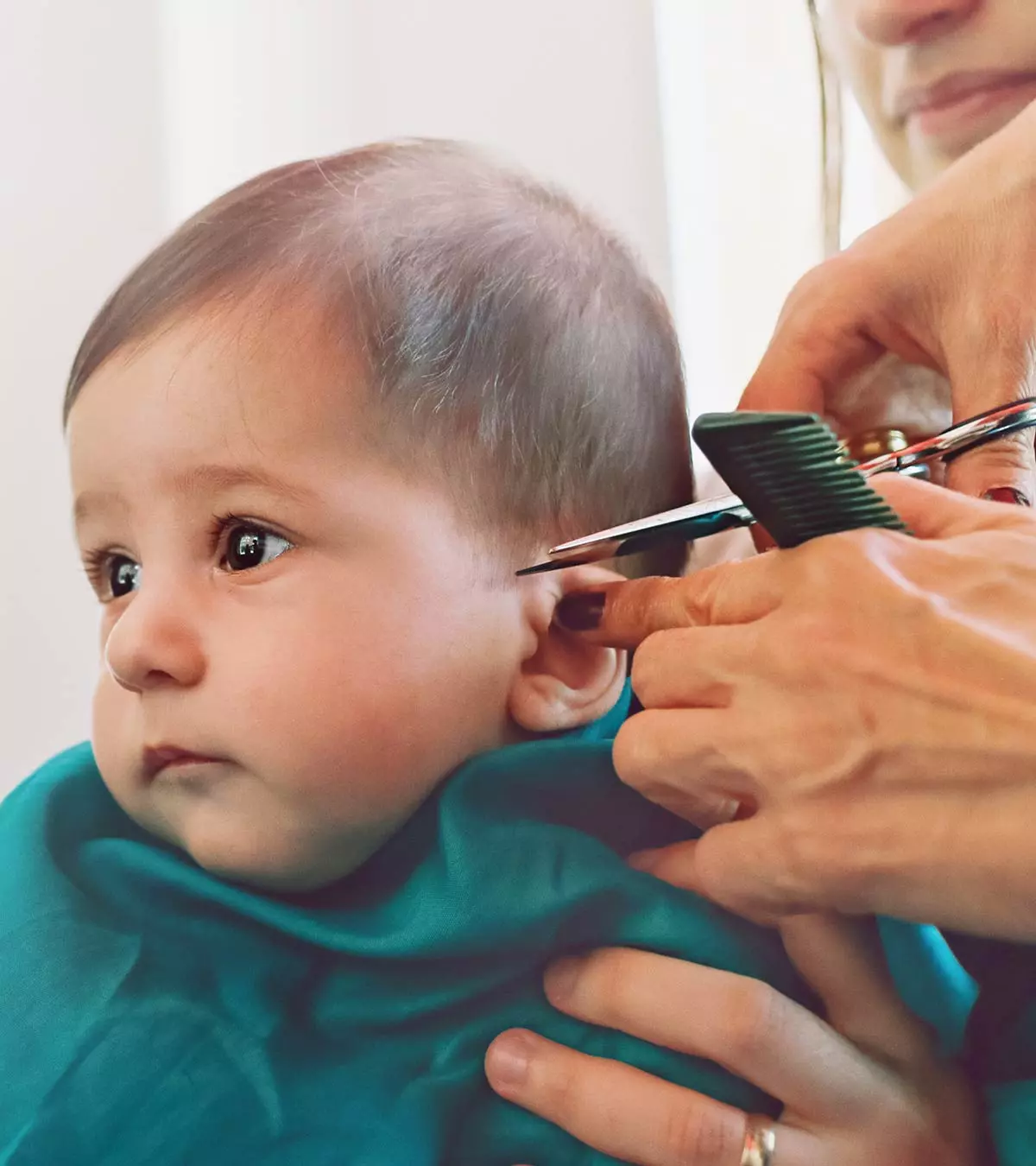
Credit: www.momjunction.com
Step-by-step Guide To Trimming
Start by gently sectioning your baby’s hair. Use a fine-tooth comb to create even parts. Divide the hair into small, manageable sections. This makes the process easier and safer.
Use hair clips to hold the sections in place. This will prevent the hair from getting tangled. Always keep your baby calm and comfortable during the trimming.
Take your time and avoid rushing. A calm environment helps your baby feel secure. Remember to check the length regularly as you trim.
Use sharp, rounded-tip scissors for safety. Make sure to trim only small amounts at a time. This reduces the risk of cutting too much hair.
Trimming The Front Hairline
Trimming the front hairline of your baby requires care and patience. Start by gently combing the hair forward. Use child-safe scissors to avoid accidents. Trim small amounts at a time for the best results.
For dealing with baby bangs, aim for a natural look. Cut at an angle for a softer finish. Check for any uneven sections after trimming. Make sure to keep the bangs above the eyebrows to avoid irritation.
Maintaining symmetry is essential for a polished appearance. Regularly check both sides while cutting. Use a mirror to help guide you. Trimming a little often keeps hair looking fresh.
Managing Sideburns And Behind The Ears
Trimming baby hair can be a gentle process. Focus on the sideburns and areas behind the ears. Use soft scissors or a baby hair clipper for safety. Always make sure the baby is calm and comfortable.
To avoid discomfort, try these gentle techniques:
- Distract the baby with toys or songs.
- Keep the room warm and well-lit.
- Praise the baby during the trim to create a positive experience.
- Take breaks if the baby seems fussy.
Trimming The Back And Neckline
Trimming the back and neckline of baby hair can be tricky. Start by using small scissors. This helps to ensure safety and avoids any accidents.
Hold the baby’s head steady. Use a comb to separate the hair into sections. Gently pull the hair away from the neck. This makes it easier to see what you are trimming.
Cut a little at a time. It is better to take off less hair than too much. Always check for symmetry. An even cut looks nicer and is more comfortable for your baby.
Take breaks if needed. Babies can be fidgety, so patience is key. Make sure to reward your baby with a toy or praise after the trim.
Dealing With Cowlicks And Whorls
Understanding natural hair patterns is key to managing baby hair. Cowlicks and whorls can be tricky. Each baby has unique hair growth patterns. These patterns affect how hair lays and styles.
For trimming strategies, use sharp scissors for a clean cut. Hold the hair gently to avoid pulling. Trim small amounts to prevent mistakes. Always cut less than needed. You can always trim more later.
Try to trim during bath time when the hair is damp. This helps see the natural flow of hair. Keep the experience fun and calm. Distract your baby with toys or music.
Tips For A Smooth Finish
Start by using sharp, clean scissors. This helps avoid pulling on baby hair. Hold the hair gently between your fingers. Snip small amounts for a safe trim. This keeps the hair even and neat.
Check the hair from different angles. Look for uneven spots that may need more attention. Use a comb to separate sections for a better view. Always trim slowly and carefully.
After the trim, brush the hair gently. This helps see the final result clearly. If you find any uneven areas, trim them lightly. Repeat this process until satisfied with the look.
Post-trim Hair Care
After trimming your baby’s hair, proper care is essential. Start by gently washing the hair with a mild shampoo. Avoid strong products that can irritate the scalp. Rinse thoroughly with lukewarm water to remove all shampoo residues.
After washing, use a soft towel to pat dry the hair. Do not rub the hair, as this can cause tangles. Allow the hair to air dry for the best results.
For combing and styling, use a wide-toothed comb. Start from the ends and work your way up. This method helps to prevent pulling and breaking the hair. Use a small amount of leave-in conditioner for easier styling.
Keep the style simple and comfortable. Avoid tight hairstyles that can hurt your baby’s scalp.
Addressing Accidents And Uneven Cuts
Trimming baby hair can lead to accidents and uneven cuts. Use these corrective measures to fix those issues. First, assess the situation. If the cut is minor, simply trim the longer strands to even it out.
If the hair is uneven, consider using blending techniques. This method helps create a more uniform look. Always use sharp scissors for better results.
When should you seek professional help? If the hair is drastically uneven or you feel unsure, a professional stylist can help. They have experience working with baby hair and can provide a safe, beautiful trim.
Common Questions Answered
Trimming baby hair helps keep it looking neat. Parents often wonder how frequently to trim their baby’s hair. Most experts recommend trimming every 6 to 8 weeks. This helps maintain healthy hair growth.
Trimming is different from shaving. Trimming simply shortens hair without removing it completely. It keeps the hair looking tidy and removes split ends. Shaving removes hair completely, which can be too drastic for babies. Trimming is the preferred choice for most parents.
Final Thoughts On Baby Hair Trimming
Trimming baby hair can be a special experience. It helps create memories for parents and babies. Watching the hair fall can feel bittersweet yet exciting. Each trim marks a milestone in your baby’s growth.
Building confidence is key for future trims. Use fun tools like colorful scissors. Make the environment playful and relaxed. Singing songs can also help distract your baby. Praise your baby for being brave during the trim.
Remember, each trim can be a bonding moment. Enjoy the process and take your time. Celebrate the beautiful hair that grows back. The experience will become easier with each trim.

Credit: www.tiktok.com
Frequently Asked Questions
How Often Should I Trim Baby Hair?
Trimming baby hair every 6-8 weeks helps maintain healthy growth and manage any unevenness.
What Tools Do I Need For Trimming?
Use sharp, round-tipped scissors or hair clippers designed for babies to ensure safety and precision.
Is It Safe To Cut Baby Hair At Home?
Yes, trimming baby hair at home is safe with proper tools and techniques to avoid any accidents.
What Is The Best Age To Trim Baby Hair?
Trimming can start around 6 months, but it varies based on hair growth and parents’ preferences.
How Can I Calm My Baby During Trimming?
Distract your baby with toys, music, or a favorite show to make the experience more enjoyable and calm.
Conclusion
Trimming baby hair can be a simple task. It helps keep your little one looking neat. Always use safe tools and gentle techniques. Remember to stay calm and patient. With practice, you will become confident in this skill. Enjoy the bonding time while you trim your baby’s hair!



